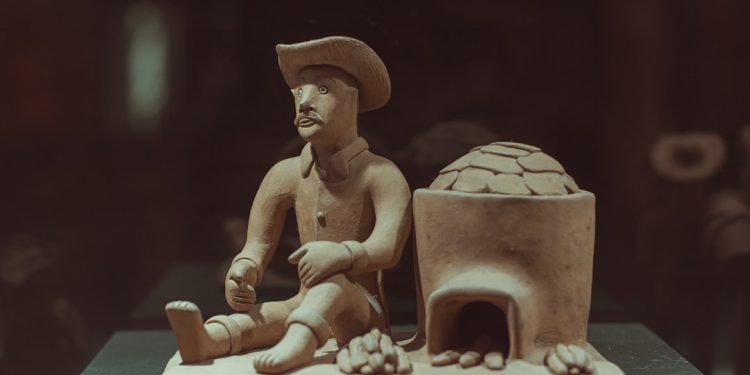No products in the cart.
Unearthing the Future: How AI is Transforming Archaeology Careers
AI is revolutionizing archaeology, enhancing site predictions and reshaping the skills needed in this ancient field. Discover the future of excavation careers.
In the quiet hum of a bustling excavation site, the air is thick with history. Archaeologists, armed with trowels and brushes, unearth remnants of civilizations long past. But now, a new tool is changing the landscape of this ancient science: artificial intelligence.
AI is revolutionizing the way archaeologists predict where to dig, helping researchers make informed decisions about excavation sites. Imagine having a digital oracle that sifts through mountains of data, identifying patterns and anomalies that the human eye might miss. This technology promises not just smarter excavations but a complete reshaping of careers in archaeology.

Archaeology has always been a field deeply rooted in tradition. The image of a rugged explorer, brushing away dust to reveal a lost artifact, is iconic. Yet, as we plunge into the 21st century, the integration of AI is ushering in a new era. Researchers can now analyze satellite imagery, geographic data, and historical records at lightning speed, pinpointing potential dig sites with remarkable accuracy.
Take, for instance, the work of Dr. Sarah Thompson, a leading archaeologist at the University of Cambridge. Utilizing AI algorithms, her team recently discovered a previously unknown Roman settlement in the English countryside. What once took months of labor-intensive surveying was accomplished in a matter of weeks. “AI has become our partner in exploration,” she explains. “It’s like having a supercharged intuition.”
No longer is it enough to be proficient in fieldwork; today’s archaeologists must be adept in data analysis and machine learning.
But what does this mean for the future archaeologist? The answer is as complex as the artifacts they study. While AI provides unprecedented insights, it also demands a new set of skills. No longer is it enough to be proficient in fieldwork; today’s archaeologists must be adept in data analysis and machine learning.
Critics voice concerns about the reliance on technology. “There’s a fear that we might lose the human element in archaeology,” notes Dr. James Lee, a cultural anthropologist. “The stories behind the artifacts are just as important as the artifacts themselves.” Balancing technological advances with traditional methods will be key in preserving the essence of the discipline.
Moreover, the advent of AI in archaeology brings up questions of accessibility. As the field evolves, how do we ensure that education keeps pace? Universities are beginning to adapt their curricula to incorporate data science and AI training, but there’s a long road ahead. Emerging professionals may find themselves needing to learn not just how to excavate but how to code.
The global implications of this transformation are significant. In regions rich in archaeological heritage but lacking resources, AI can help maximize efforts with minimal investment. For example, in parts of Africa, where funding for archaeological work is often scarce, AI tools can prioritize sites that are most likely to yield findings, thus directing limited resources efficiently.
As we look forward, the integration of AI into archaeology is not merely a trend; it represents a paradigm shift. The profession is on the cusp of a renaissance, where the old meets the new in a dance of discovery. Imagine a future where archaeology is not just about digging up the past but interpreting it through a digital lens.
Emerging professionals may find themselves needing to learn not just how to excavate but how to code.
In an era where the gig economy thrives, the need for interdisciplinary skills is more pressing than ever. The archaeologists of tomorrow will be equipped not only with shovels but also with data analytics expertise, ready to tackle the challenges of a complex world. AI will not replace the archaeologist; rather, it will redefine what it means to be one.
As technology continues to evolve, so too will the landscape of careers in archaeology. It’s a future that holds great promise for those willing to adapt and innovate. For young professionals looking to carve out a niche in this ancient field, the message is clear: embrace change, harness technology, and never stop digging deeper.











